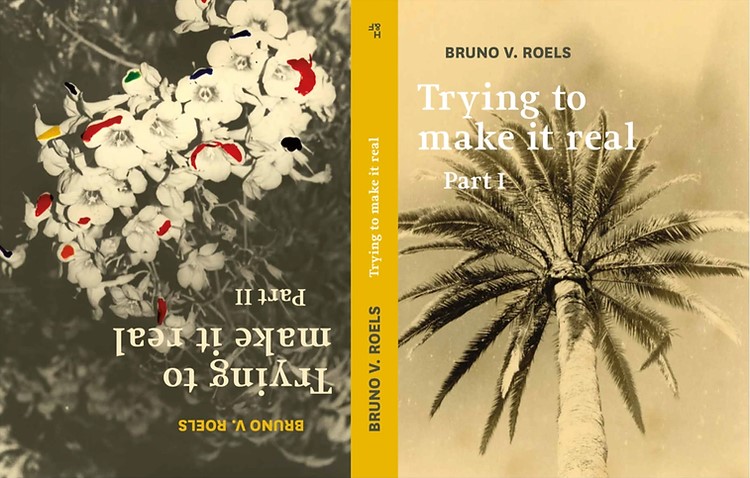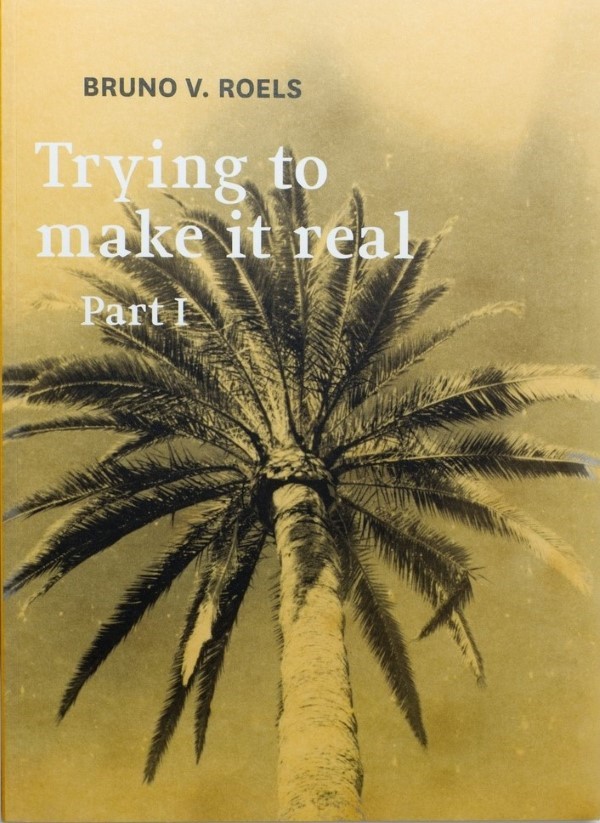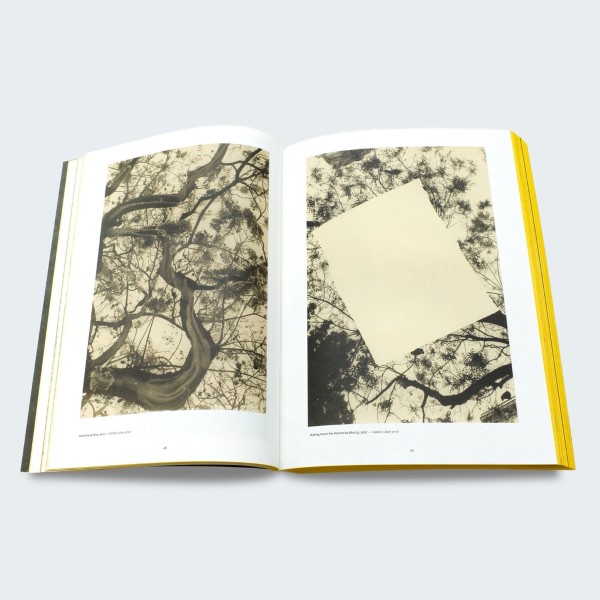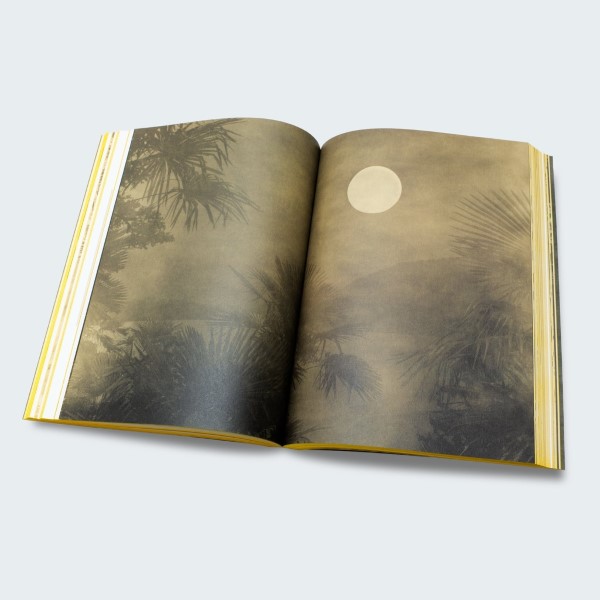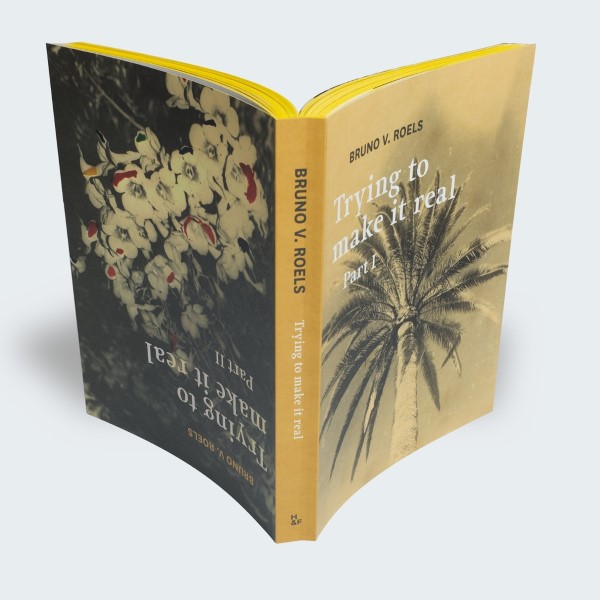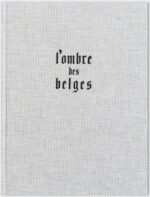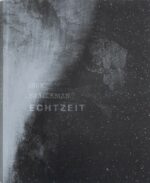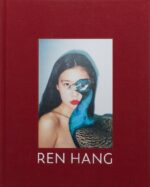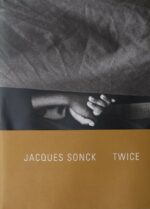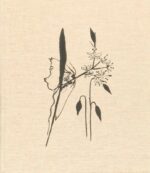En rassemblant de nombreuses années de travail en un seul endroit, ici sur la page, plutôt que sur les murs d’un musée ou d’une galerie, nous pouvons considérer les deux sens dans lesquels Roels pense que les images valent la peine d’être répétées. Dans le travail obstiné et dévoué d’impression et d’agencement de versions en série, mais différentes, d’images uniques ; et puis aussi en ce qui concerne l’effet global de réunir ces itérations d’elles-mêmes dans le même espace. Mais il y a un autre sens dans lequel nous pourrions trouver que le travail de Roels fait écho non seulement à lui-même, mais aussi à ceux qui l’ont précédé ; et cela, de manière assez amusante, c’est dans son refus de se prendre, ou de prendre son travail, trop au sérieux. Juste assez sérieusement, semble-t-il, pour investir du temps, des efforts et des compétences dans la production de ses œuvres complexes et subtilement nuancées, mais jamais au point que, comme Ruscha avant lui (l’artiste qui a réalisé Various Small Fires et Milk), il se trouve incapable de résister aux contraintes de sa propre logique et, plus important encore, de jouer avec elles. Un peu comme Dalí, peut-être, qui, captivé par le potentiel de la photographie à documenter et à cataloguer le monde, était également certain que cette même capacité aurait pour conséquence que nous ne pourrions plus jamais voir quoi que ce soit de la même manière. De « la subtilité des aquariums », comme le dit Dalí lui-même, « aux gestes les plus rapides et les plus fugaces des animaux sauvages, la photographie nous offre un millier d’images fragmentaires qui culminent dans une totalisation cognitive dramatisée ». Cela aussi vaut la peine d’être répété. -Simon Baker ; texte de Simon Baker et Stefan Vanthuyn.
Bringing many years of work together in a single place, here on the page, rather than on the walls of a museum or gallery, we can consider both senses in which Roels thinks images are worth repeating. In the obstinate and dedicated labour of printing and arranging serial, but different, versions of single images together; and then also with regard to the overall effect of bringing these iterations of themselves into the same space. But there is another sense in which we might find Roels’s work echoing not only itself, but that of those that came before him; and that, funnily enough, is in his refusal to take himself, or his work, too seriously. Just seriously enough, it seems, to invest time, effort, and skill into the production of his complex and subtly nuanced work, but never to the point, that, like Ruscha before him, (the artist who made Various Small Fires and Milk), he finds himself unable to resist, and more importantly, to play with, the constraints of his own logic. A little like Dalí too, perhaps, who, captivated as he was by the potential of photography to document and catalogue the world, was also sure that this very capacity would result in us never being able to see anything in the same way, ever again. From ‘the subtlety of aquaria’ as Dalí himself put it ’to the fastest most fleeting gestures of wild animals, the photograph affords us a thousand fragmentary images culminating in a dramatized cognitive totalization.’ That too, is something worth repeating. –Simon Baker

